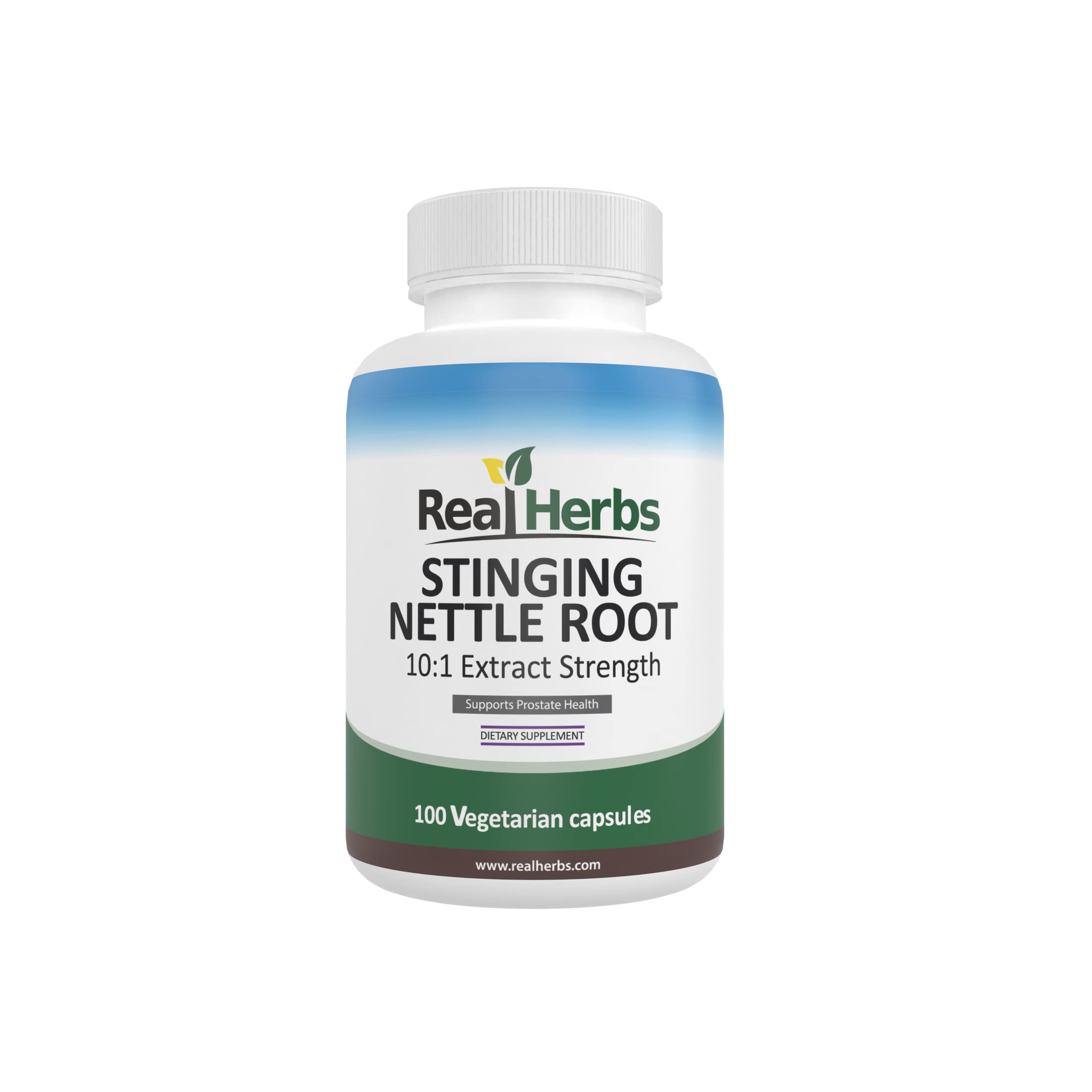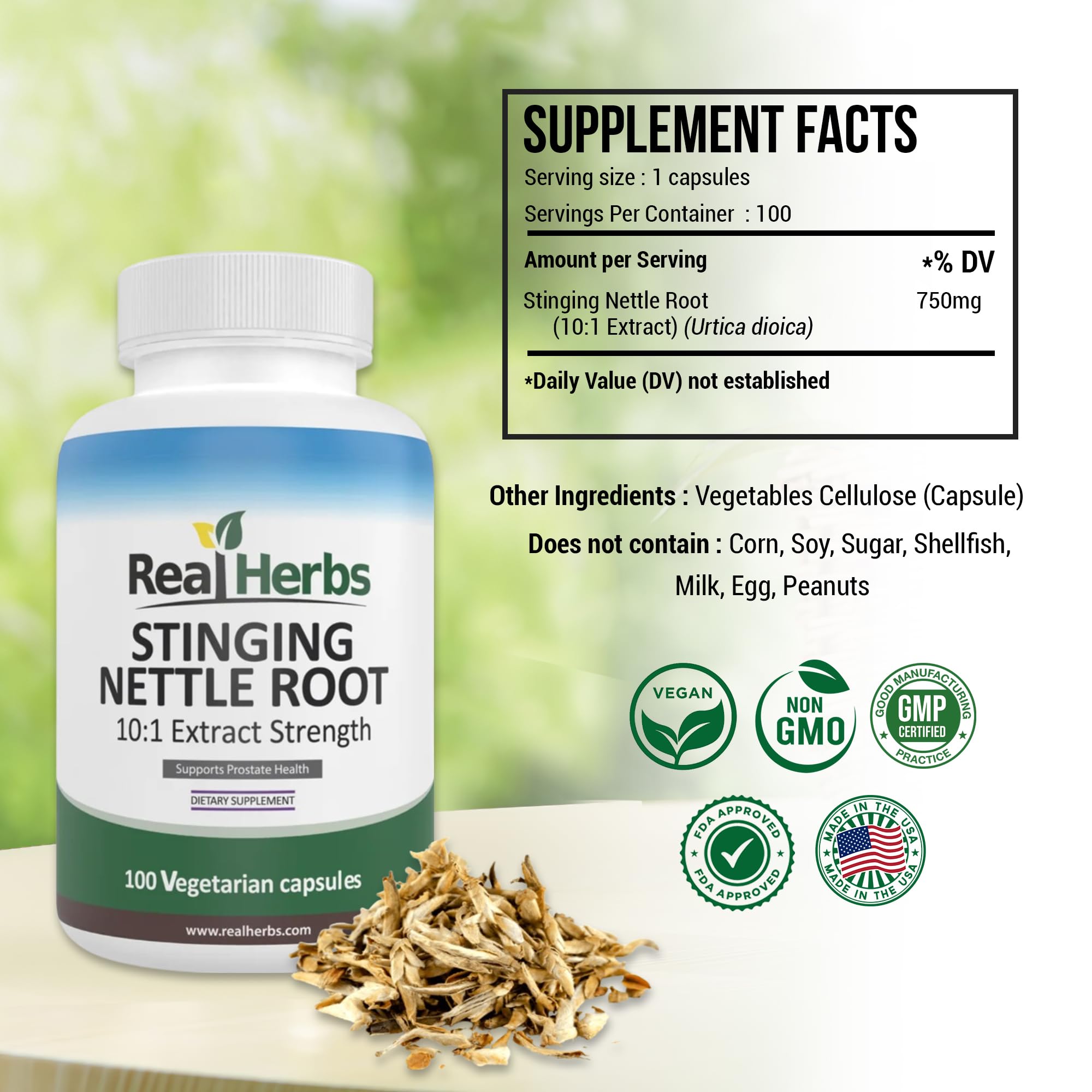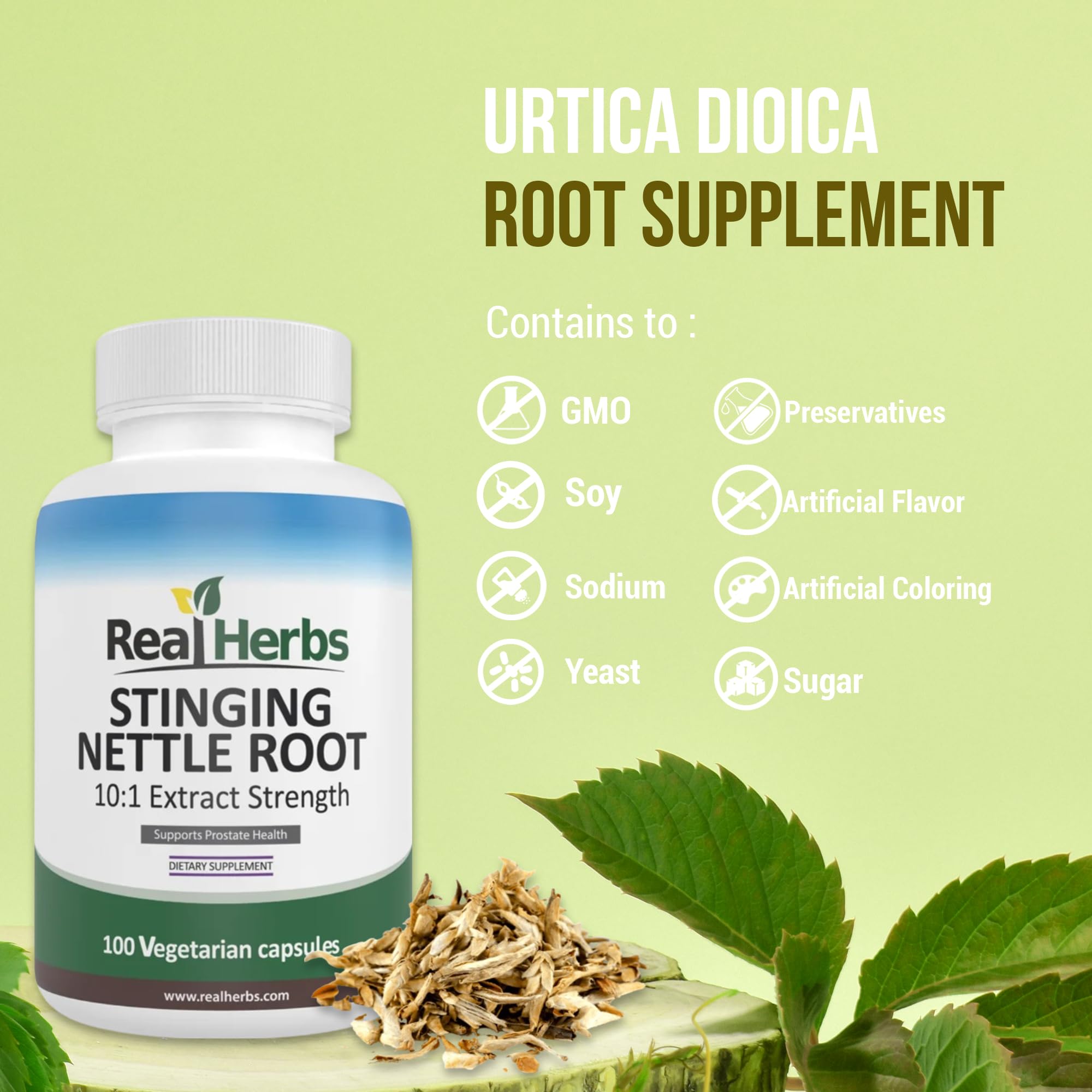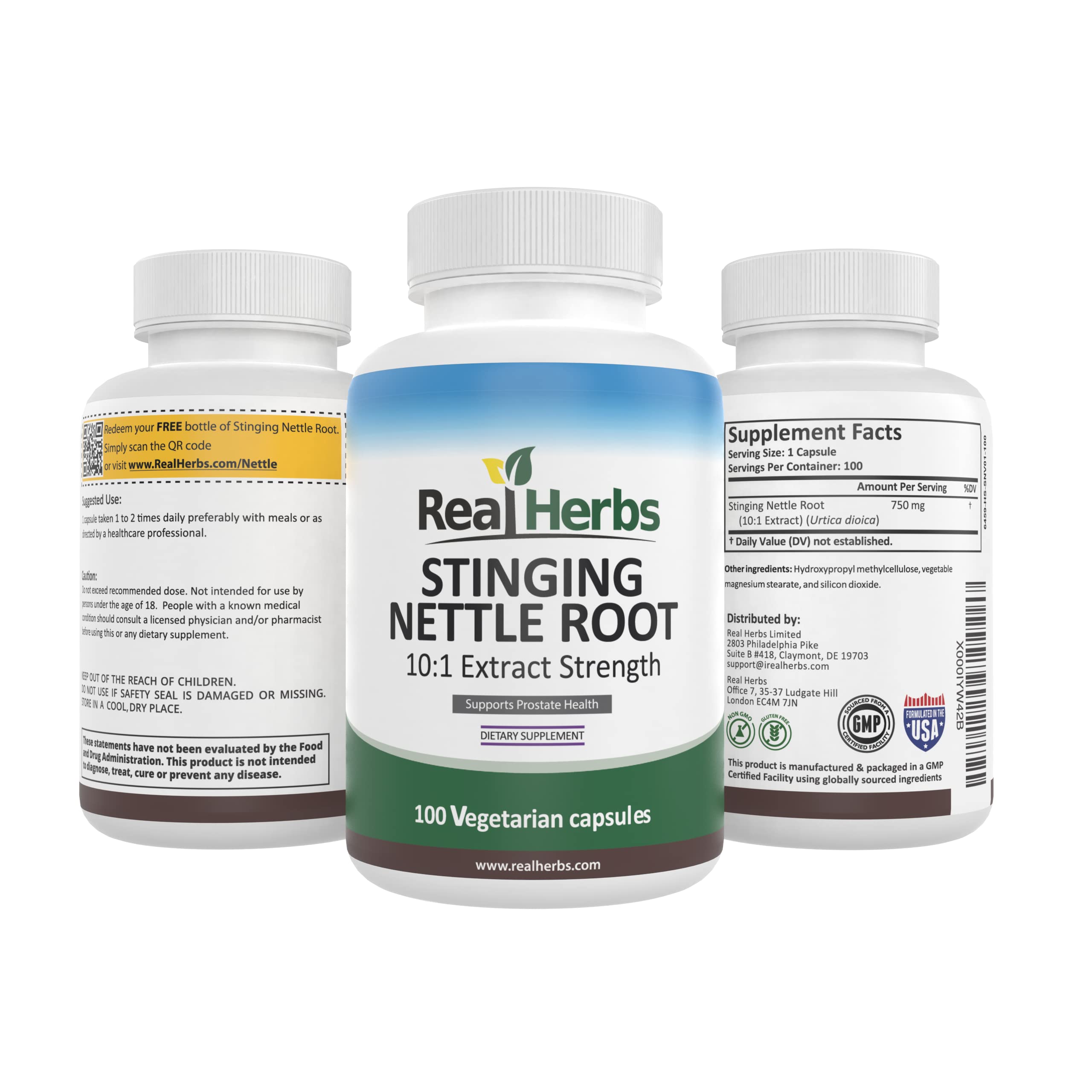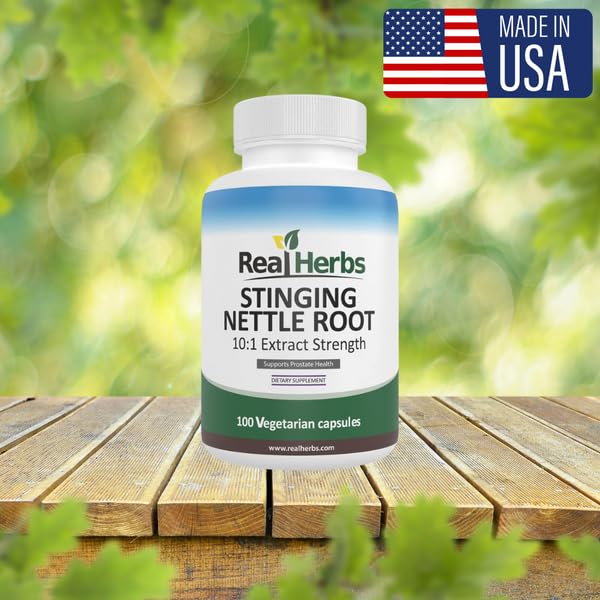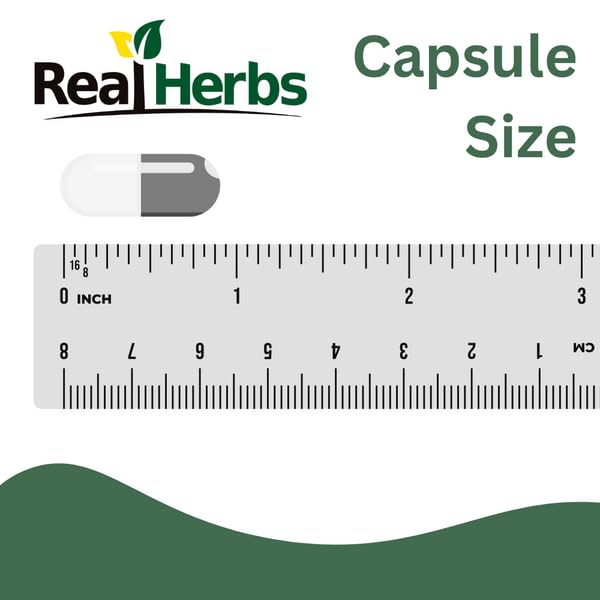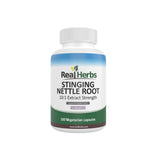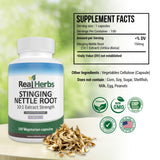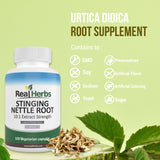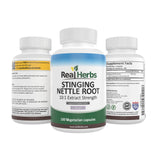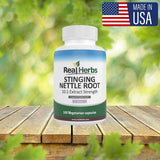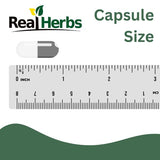How to Harvest Stinging Nettle Leaves?
Introduction
Stinging nettle leaves may not be the most inviting plant in your garden, but their remarkable health benefits and culinary potential make them worth the effort. In this guide, we will show you how to safely and effectively harvest these prickly greens while avoiding their notorious sting.
Safety Precautions
Before we dive into the world of stinging nettles, it's crucial to emphasize safety. These plants earned their name for a reason. The fine, hair-like structures on their leaves can deliver a painful sting. Protect yourself by wearing gloves and long sleeves while handling nettles.
Identifying Stinging Nettle Plants
Stinging nettle plants have distinctive features. Look for plants with serrated, heart-shaped leaves and fine hairs covering their stems and leaves. They typically grow 3 to 7 feet tall and are often found in moist, wooded areas.
Best Harvesting Time
The best time to harvest stinging nettle leaves is in the spring, just before they flower. At this stage, the leaves are young, tender, and packed with nutrients.
Harvesting Tools
To harvest stinging nettles, you'll need a pair of gardening gloves, garden shears or scissors, and a basket or bag to collect the leaves.
Harvesting Techniques:
- Approach the nettle plant cautiously, wearing gloves.
- Cut or pinch the top few inches of the young, tender leaves.
- Avoid touching the plant with your bare hands.
- Place the harvested leaves in your basket or bag.
Processing and Storage
Once you've gathered your nettle leaves:
- Rinse them thoroughly in cold water to remove any dirt or insects.
- You can use them fresh in recipes or dry them for long-term storage. To dry, spread the leaves on a clean, dry surface and allow them to air dry for a few days.
Health Benefits of Stinging Nettle Leaves
Stinging nettle leaves are nutritional powerhouses, rich in vitamins, minerals, and antioxidants. They are known for their potential to:
- Reduce inflammation
- Relieve allergy symptoms
- Support urinary health
- Boost skin and hair health
- Aid in digestion
Culinary Uses
Nettle leaves can be used in various culinary dishes. Here are a few ideas:
- Nettle soup: Substitute nettle leaves for spinach in your favorite soup recipe.
- Nettle tea: Steep dried nettle leaves for a refreshing and health-boosting tea.
- Nettle pesto: Use nettle leaves in place of basil to make a unique pesto sauce.
Precautions and Warnings
While stinging nettle leaves are generally safe, some individuals may experience allergies or side effects. It's advisable to consult with a healthcare professional before using nettles for medicinal purposes or if you have known allergies.
Conclusion
Harvesting stinging nettle leaves can be a rewarding and healthful experience. By following safety precautions and using our tips, you can enjoy the numerous benefits these prickly greens have to offer.

